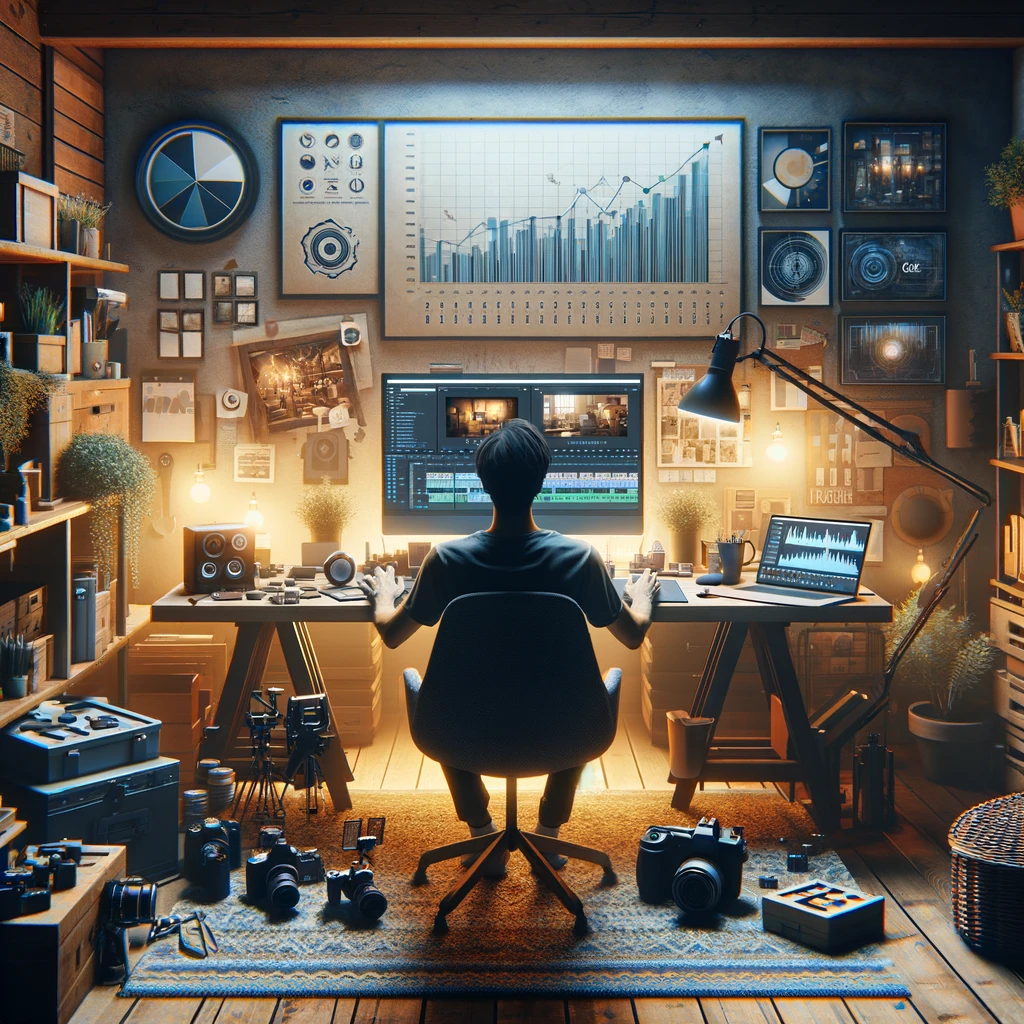Navigating the New Landscape of PCI DSS Version 4.0
Welcome back to Continuous Improvement, where we navigate the ever-evolving world of technology and how it impacts our professional and personal lives. I’m your host, Victor Leung, and today we’re diving into a topic crucial for anyone involved in handling payment card data—PCI DSS version 4.0. This latest update to the Payment Card Industry Data Security Standard marks a significant leap in securing payment data globally. Whether you’re a business owner, IT professional, or just a savvy consumer, understanding these changes is key.
Let’s start with some background. The PCI DSS was established to protect account data by setting a baseline of technical and operational requirements. As cyber threats evolve and new technologies emerge, so too does this standard. Version 4.0 reflects current risks and future advancements, ensuring that the framework remains robust against sophisticated cyber threats.
Now, let’s talk about the key changes in version 4.0. Firstly, there's increased flexibility in how requirements can be met. This is great news for organizations as it allows for more customized compliance strategies that fit specific operational environments. This change recognizes the unique challenges and setups that different businesses face.
Another major update is the enhanced authentication and encryption protocols. With cyber threats becoming more advanced, strengthening these areas is crucial. Multi-factor authentication and stronger encryption are now front and center, aiming to bolster defenses and protect consumer data more effectively.
For those operating in cloud or virtual environments, you’ll be pleased to know that version 4.0 expands its guidelines to cover these platforms more comprehensively. This acknowledges the shift towards cloud solutions and ensures that security measures are up to date with technological trends.
Larger organizations will benefit from the ability to take a customized approach to compliance. This means that the complex and unique environments of big enterprises can integrate PCI DSS requirements more seamlessly, which is a game-changer for many.
But what does this all mean for businesses? Well, adapting to these new requirements will certainly require some effort. This might mean investing in new technologies or updating existing systems, which can involve significant costs and resources. However, the shift towards viewing security as a continuous process, rather than a once-a-year checkup, is a critical update that encourages ongoing vigilance.
And let’s not forget the consumers. Higher security standards mean reduced risks of data breaches and fraud, which in turn can increase consumer trust in electronic payment systems—a win for everyone.
If you’re preparing for PCI DSS 4.0, start by assessing your current compliance status and planning necessary changes. Training your staff and raising awareness about the new standards are also crucial steps. Don’t overlook the importance of regular monitoring and updating your security measures to stay compliant.
That’s it for today’s episode on PCI DSS version 4.0. Embracing these changes isn’t just about compliance; it’s about protecting your business and your customers in an increasingly digital world. Thank you for tuning into Continuous Improvement. I’m Victor Leung, and I look forward to exploring more tech insights with you next time. Until then, stay secure and stay informed.




